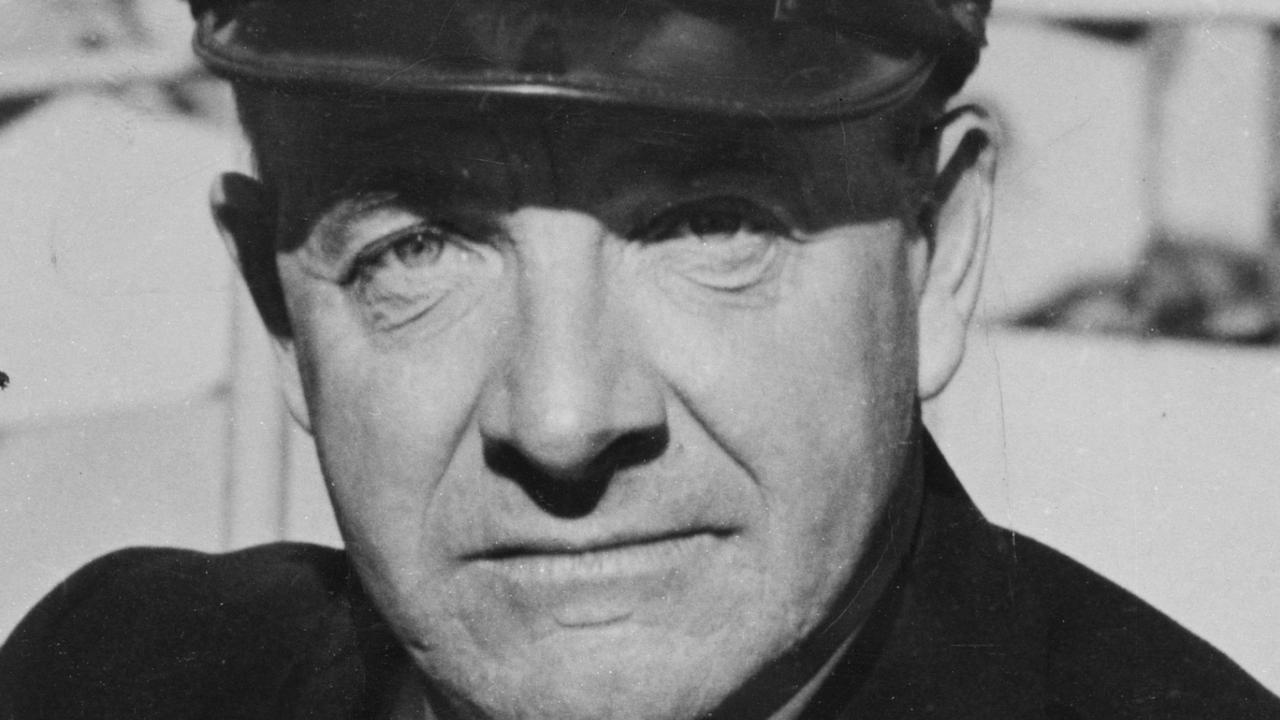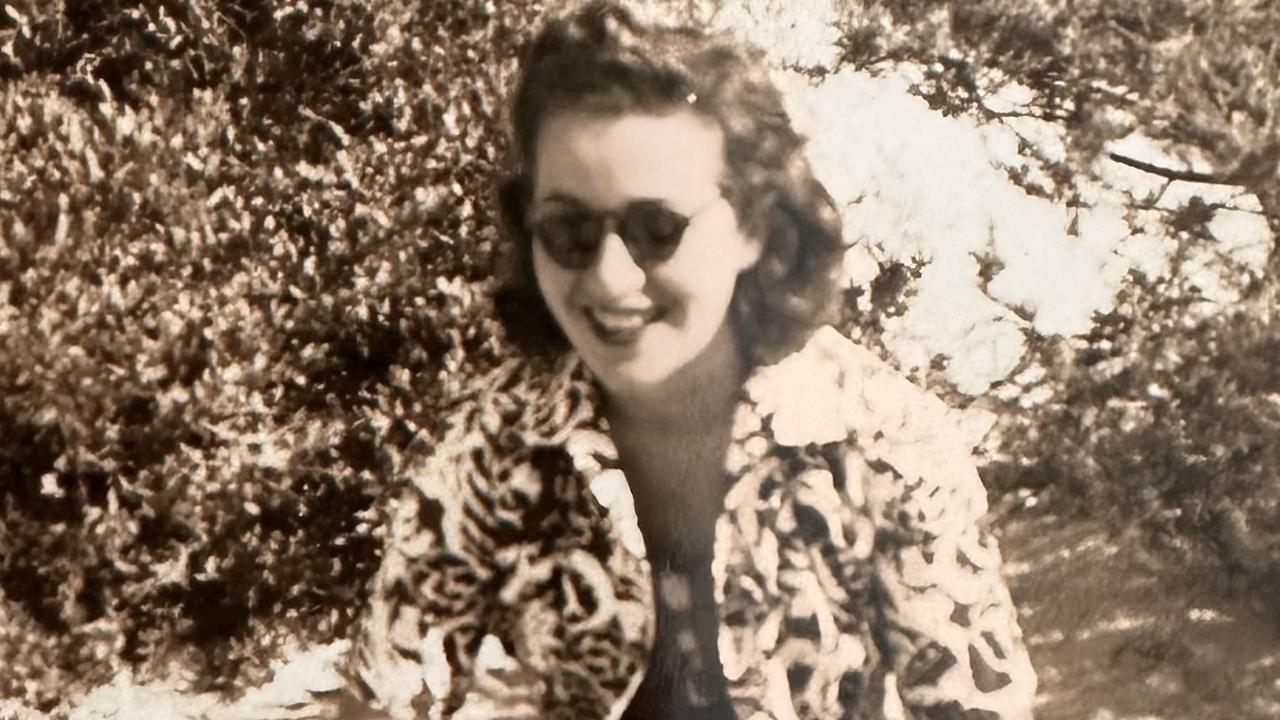First female film director remembered in Be Natural: The Untold Story of Alice Guy-Blache
When Leon Gaumont, head of a photography company, took his secretary to a Lumiere Brothers film screening in 1895, she was inspired to become the world’s first female film director
When French inventors Louis and Auguste Lumiere gave a “surprise” demonstration of their “cinematograph” in 1895, among those in the audience were Leon Gaumont and his secretary Alice Guy. Gaumont had taken over as the head of a company that manufactured and sold cameras and photographic equipment. He had been invited by the Lumieres because of his interest in and expertise with cameras, but while Guy was his plus one she was no idle observer. Her presence would have a significant impact on Gaumont’s company and on the film industry.
The two saw a film of ordinary workers walking through a factory gate. For Gaumont and Guy the footage was mesmerising but as she sat there watching, Guy had an idea that hadn’t yet occurred to the Lumieres — to use the technology to tell a story rather than just capturing scenes of ordinary life.
She later convinced Gaumont to go into motion pictures and became one of the world’s first movie directors, under her married name Alice Guy-Blache, even founding her own film studio.
But despite her pioneering role in the industry her story has been largely forgotten, until now.
After hearing about Alice, filmmaker Pamela Green tracked down details of the groundbreaking female director’s life to make the documentary Be Natural: The Untold Story Of Alice Guy-Blache. It opens in Australia this week at the Ritz Cinema, Randwick, ensuring Alice’s remarkable story is known by modern audiences.

She was born Alice Ida Antoinette Guy on July 1, 1873, in Saint-Mande in France. Her father Emile Guy was a book publisher who owned a bookstore chain in Chile. Alice was almost born in Chile but her mother, Mariette, insisted the child be born in France and travelled there by ship while pregnant to give birth.
Mariette returned to Chile, but Alice stayed behind in France to be raised by her grandmother in Carouge in Switzerland.
In 1877, Mariette returned to France to take Alice to Chile, but by 1879 she was back in France so Alice could be enrolled at a boarding school.
When her father’s bookstores went bankrupt due to a series of disasters, including an earthquake, Alice was shunted on to a cheaper school and at 17 was sent to be trained as a typist and stenographer.
In 1893 she became a secretary at a company selling varnish. But in 1894 she got a job at a photography company that was later bought by four men including Gustave Eiffel and Gaumont, the latter becoming the company’s director.

After seeing the Lumiere film in 1895 Alice became interested in films. Encouraged by Alice, Gaumont later bought the patent for inventor Georges Demeny’s “biographe” — a motion picture camera.
Suddenly, the company was in the film business. In 1896 Gaumont gave Alice permission to make her own narrative film, titled La Fee Aux Choux (The Cabbage Fairy) showing a woman magically plucking babies out of a cabbage patch. It is one of the first ever narrative films.
Alice continued making films, experimenting with close-ups and special effects. In 1897, impressed with her rapidly increasing expertise, Gaumont made her his head of film production.
The studio began turning out hundreds of movies and invested in the Chronophone in 1902, technology which synchronised sound with film.
In 1906 Alice met English cameraman Herbert Blache on a shoot, they married in 1907 and Alice, now Mrs Guy-Blache, resigned from Gaumont.
Herbert was sent to the US to promote the Chronophone and in 1908 Gaumont hired Alice to manage the Gaumont Studio in New York. Later in the year she gave birth to her first child.
But Alice was ambitious. In 1910 she founded her own film company Solax, renting studio space from Gaumont.

By 1912 Solax was successful enough for Alice to build her own studio. She made several successful films before Herbert left her in 1918 for an actor and went to make films California.
Alice’s last film was Tarnished Reputations in 1919 and she nearly died of Spanish flu while she was making it.
By then she had released some films that had failed to make back their money and her studio was losing business to the studios in Hollywood where it was more cost effective.
In 1920 she was forced to auction off her studio as Solax became bankrupt and in 1922 she divorced Herbert.
Alice never made another film and many she had made were lost.
She went home to France but later returned to the US to live with her daughter where she died in 1968.



